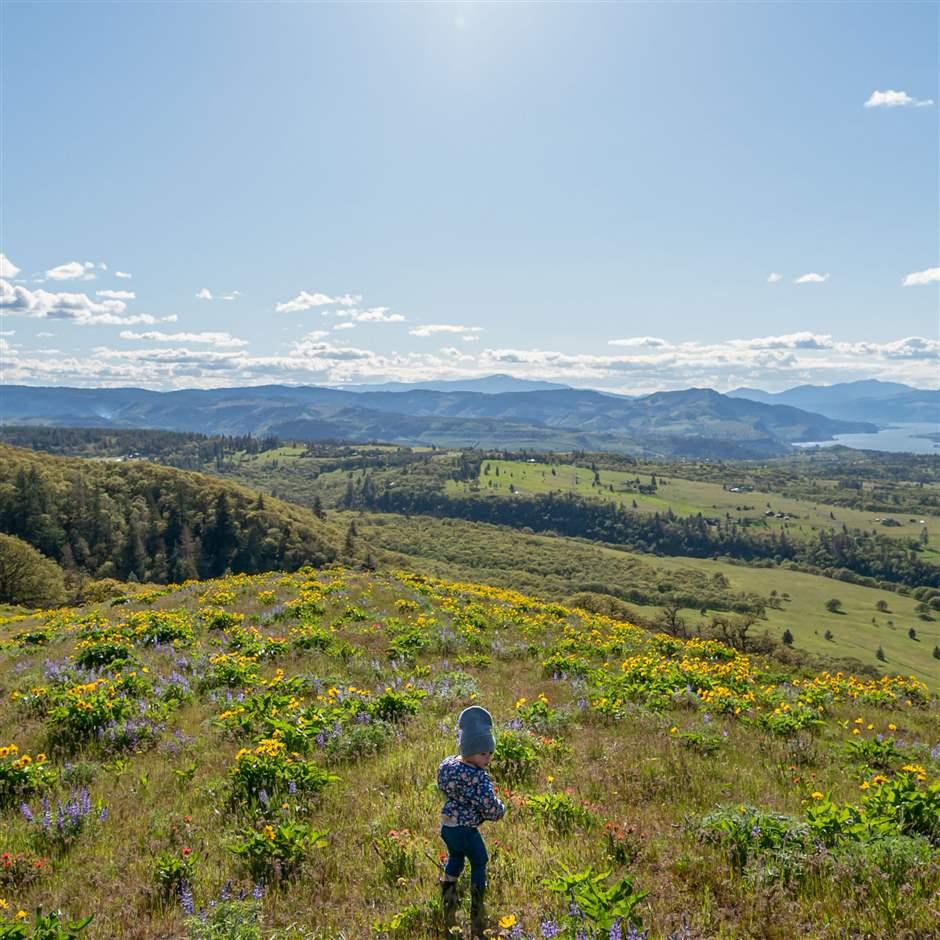
Land Conservation
Secciones
- Topics
- Land Conservation
- Antibiotics
- Arts & Culture
- Biomedical Research
- Economic Mobility
- Family Finances
- Fiscal & Economic Policy
- Global Trends
- Health Care
- Higher Education
- Hispanics
- Infrastructure
- Internet & Tech
- Media & News
- Ocean Conservation
- Religion
- Retirement
- Social and Demographic Trends
- U.S. Policy
- U.S. Politics
- U.S. State Policy
- Behavioral Health
In many ways, the loss of natural spaces and species defines this century. Today, only a small fraction of the Earth’s terrain remains as wilderness or old-growth forests.
Pew’s land conservation work spans the United States, Canada, Chile, and Australia and seeks to safeguard public land for future generations. Our work relies on the sciences of conservation, biology, and ecology to advocate for sound solutions to the loss of biodiversity.
Latest Research


2025 to Bring New Conservation Opportunities
An annual look at emerging conservation science research
Each new year presents a chance to explore potential challenges and emerging opportunities that could redefine biodiversity conservation. Recently, I worked with a team of 32 international scientists and practitioners to conduct a horizon scan, a collaborative process designed to raise awareness of emerging risks and advances in conservation. After consulting more than 600 experts from a wide range of geographies and institutions, we identified the 15 most significant and novel issues likely to shape environmental conservation over the next decade.
News, photos, and expert insights on conservation and climate protections in the U.S. Plus: easy ways for you to get involved.
OUR WORK
Related Projects

The lands and waters of the United States are national and global treasures. From the Atlantic seaboard to the Pacific coast and Alaska, the landscapes we call home include mountains, deserts, rivers, freshwater wetlands, coastal areas, and oceans. ...
Read More
El Pantanal y el Gran Chaco representan dos áreas ecológicas bien diferenciadas: el humedal tropical más extenso del mundo y un bosque seco notablemente grande. Juntas, estas áreas aportan un hábitat acuático fundamental, renovación de nutrientes...
Read More
From the tropical north to the red centre and the surrounding oceans, Australia is one of the wildest and most intact places on Earth. An ancient place of stark extremes and exquisite beauty, Australia for tens of thousands of years has hosted the...
Read More










